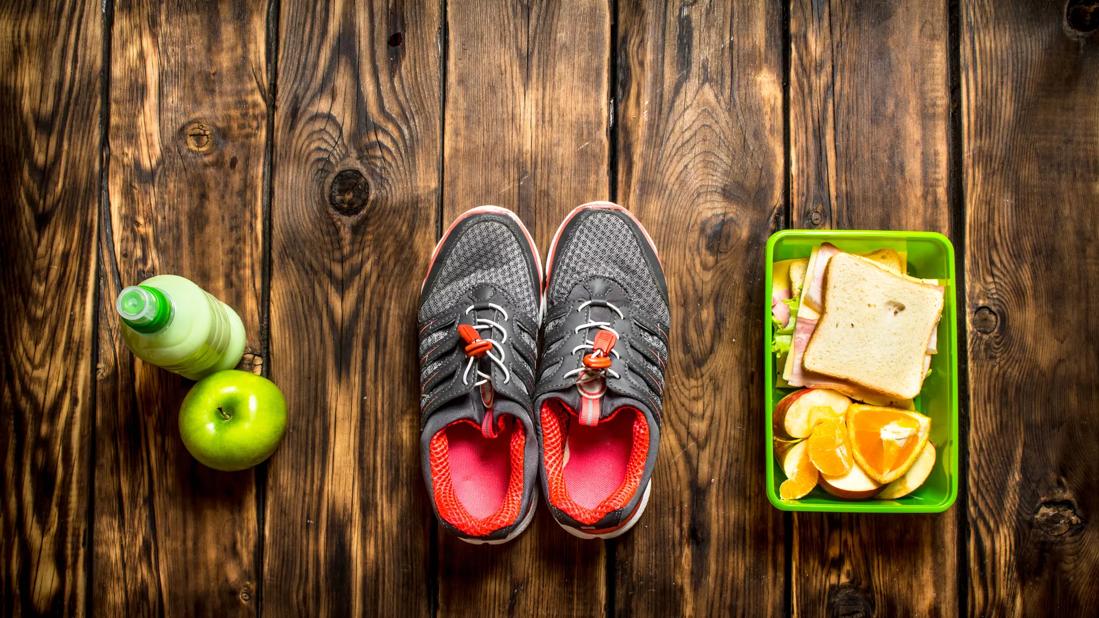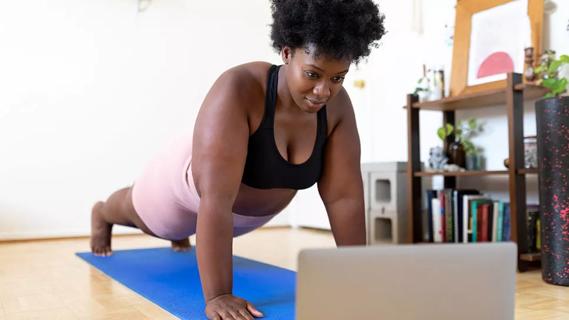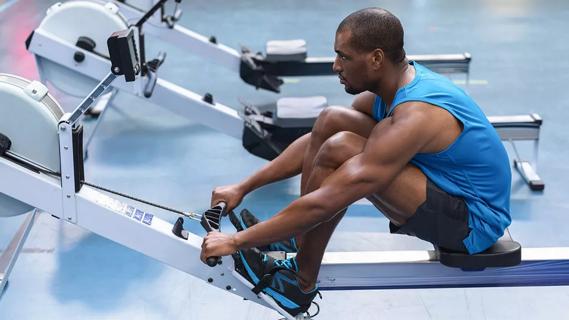When to start post-meal workouts if you have diabetes

If you have diabetes, you’re always fighting to keep blood sugar under control. Here’s a way to dial up your efforts: Consider the timing of your workouts after meals.
Advertisement
Cleveland Clinic is a non-profit academic medical center. Advertising on our site helps support our mission. We do not endorse non-Cleveland Clinic products or services. Policy
Exercising soon after eating has positive effects on blood sugar, says endocrinologist Betul Hatipoglu, MD.
Another plus? Doing this can cut your risk of heart disease.
How soon after meals? This can vary by the person. Here’s how to tell when it’s best for you.
Glucose levels hit their peak within 90 minutes of a meal, according to a 2017 study published by the journal Frontiers in Endocrinology.
Those with type 2 diabetes are supposed to keep levels at 160 mg/dl within two hours of a meal.
Because exercising reduces blood glucose concentrations, it’s a good idea to start exercising about 30 minutes after the beginning of a meal, researchers concluded.
While this is a solid guideline, it can vary for different people. Read on to find out how to ensure you’re in the safe zone for exercise.
Before you begin your workout, start by measuring your blood sugar, Dr. Hatipoglu says.
When you initiate exercise, your body releases stress hormones, which can briefly raise your blood sugar.
If you have diabetes and your body doesn’t manage blood sugar well, it can increase too much during the first half hour of exercise before it begins to lower.
“If you start exercising with very high blood sugar, it might be dangerous,” she says. “You might need to wait for it to go down a bit before starting your workout.”
Advertisement
She offers four tips for ensuring that your glucose levels are safe for exercise:
The American Diabetes Association recommends about 150 minutes of moderate exercise or 75 minutes of rigorous exercise weekly.
Exercise does two things for those who have type 2 diabetes, says Dr. Hatipoglu.
First, your muscles need energy to work. To feed them, your body burns sugar as an energy source, lowering the glucose levels in your blood.
Second, when you exercise regularly, it helps your body use insulin more efficiently. This can lower your blood sugar levels for up to 12 hours after you exercise.
Also, keeping blood sugar low on a regular basis can dramatically reduce your risk of heart disease, Dr. Hatipoglu says.
Every person reacts a little differently to exercise, so she recommends tracking your blood sugar levels for four to five hours after post-meal exercise to see what your trend is. This can help you determine if your levels are healthy or drop too much.
This is particularly important if you exercise in the evening.
“Especially after dinner, you need to know what your body will do when you exercise,” she says. “If you go to bed and glucose drops it can create a dangerous clinical situation.”
Exercising after a meal is a good way to reduce blood glucose levels and lower your risk of complications from diabetes, including heart disease.
But, before starting or changing your exercise regimen, talk with your doctor to determine what is best for you.
Advertisement
Learn more about our editorial process.
Advertisement

Losing belly fat can reduce your risk for chronic health conditions — try focusing on a diet high in lean protein, exercising regularly, reducing stress and getting quality ZZZs

Planning ahead, checking in with your care team and being vigilant about blood sugar monitoring can help ensure a safe fast

It’s best to exercise before or after your fast, instead of during it

Absolutely! In fact, in many ways, exercise is key to recovery

The exercise — which you’ve probably been doing since grade school — can be intimidating, but proper form can help

Cardio is great for improving cognition, but strength and balance training are just as important

Exercise lowers risk for heart conditions, improves mental health and reduces visceral fat that can compromise your organs

Kids’ yoga can help kiddos become more aware of their physical, mental and emotional selves

Type 2 diabetes isn’t inevitable with these dietary changes

Applying a hot or cold compress can help with pain